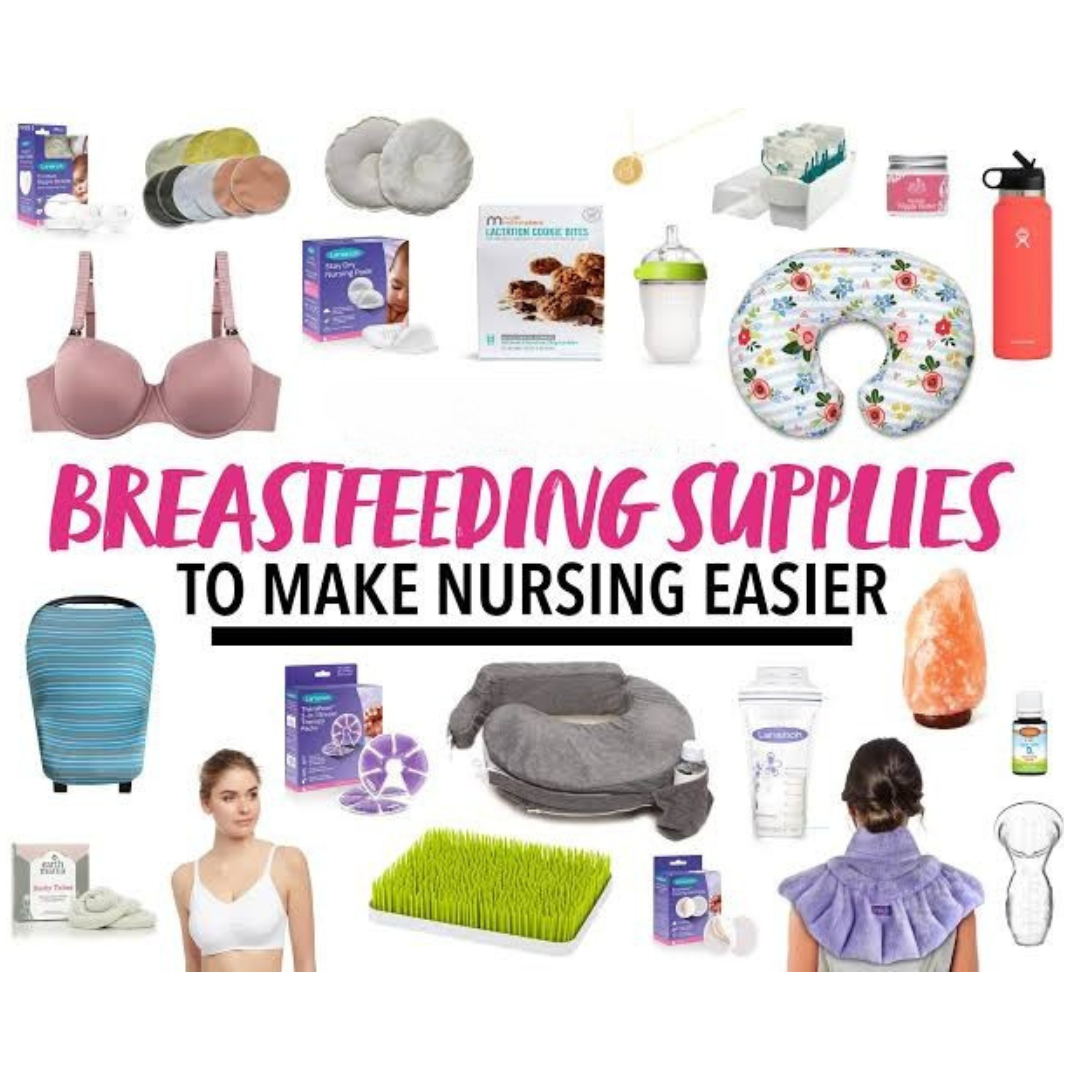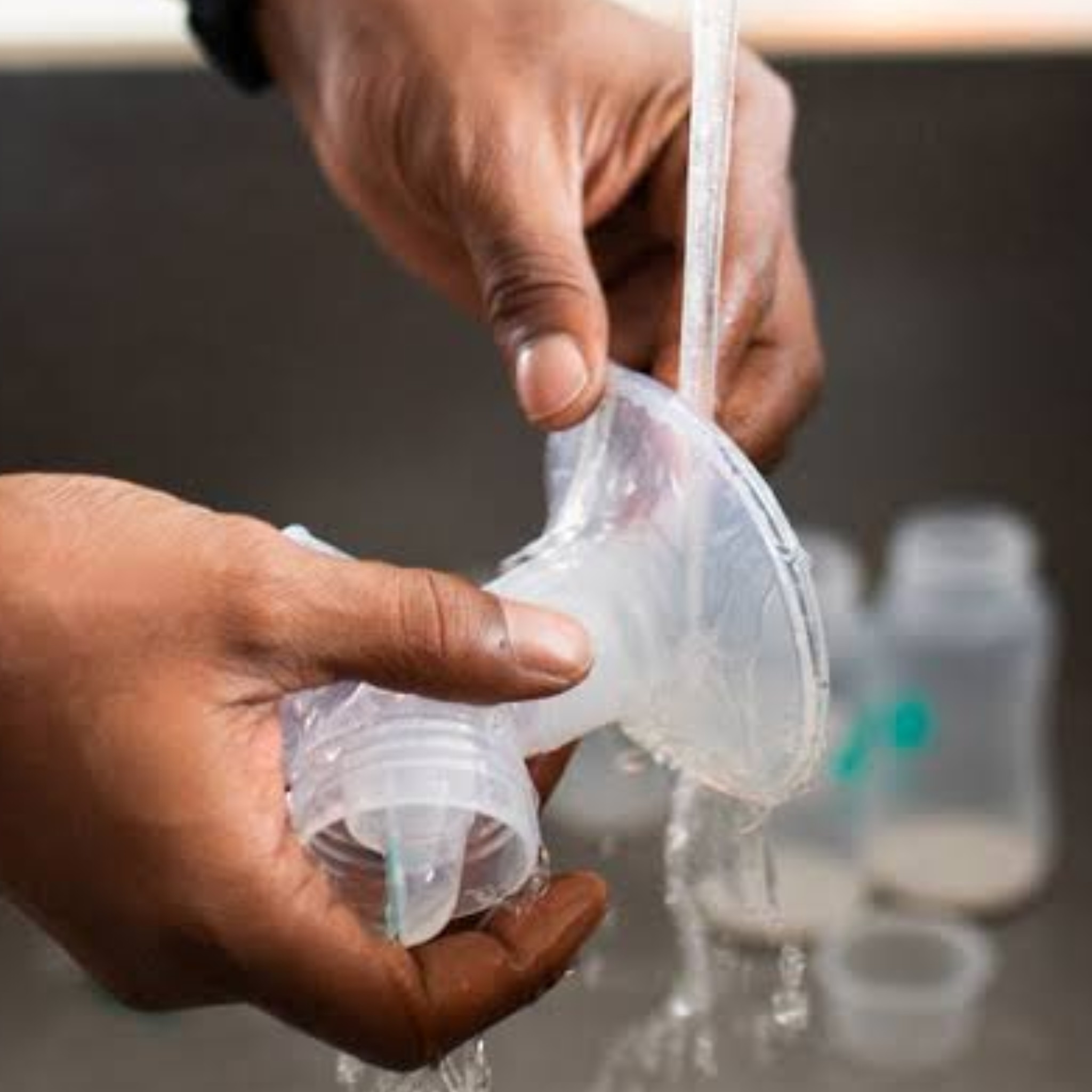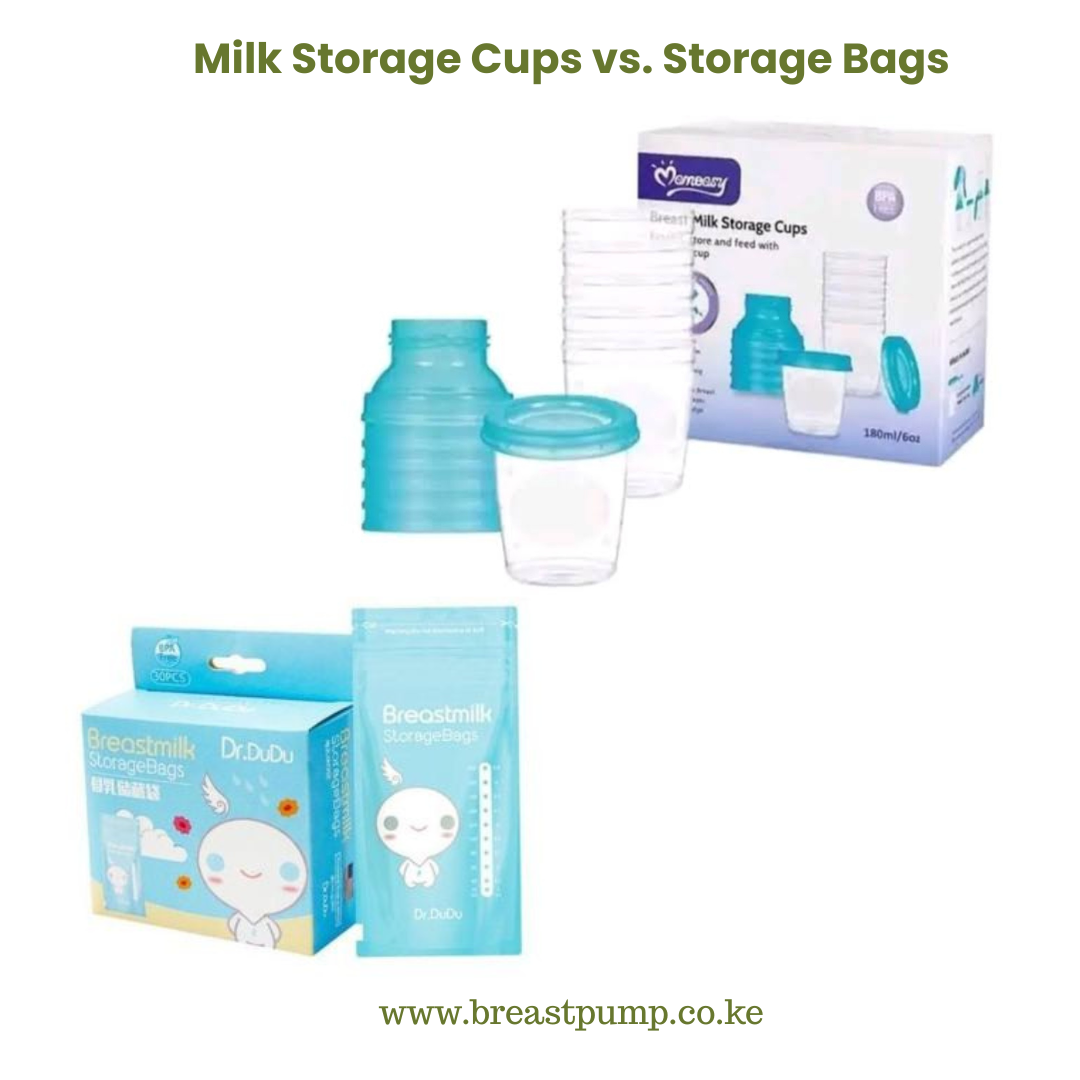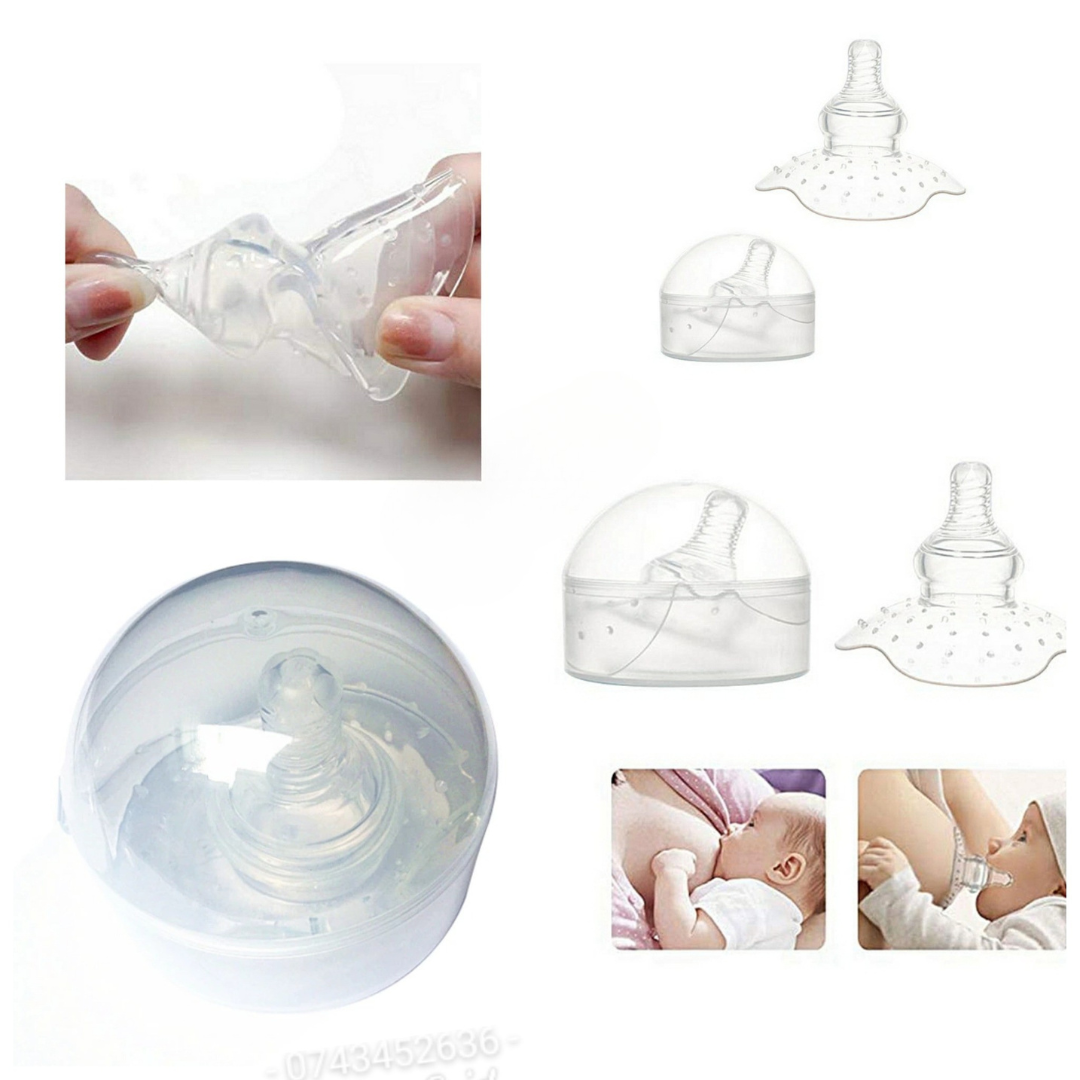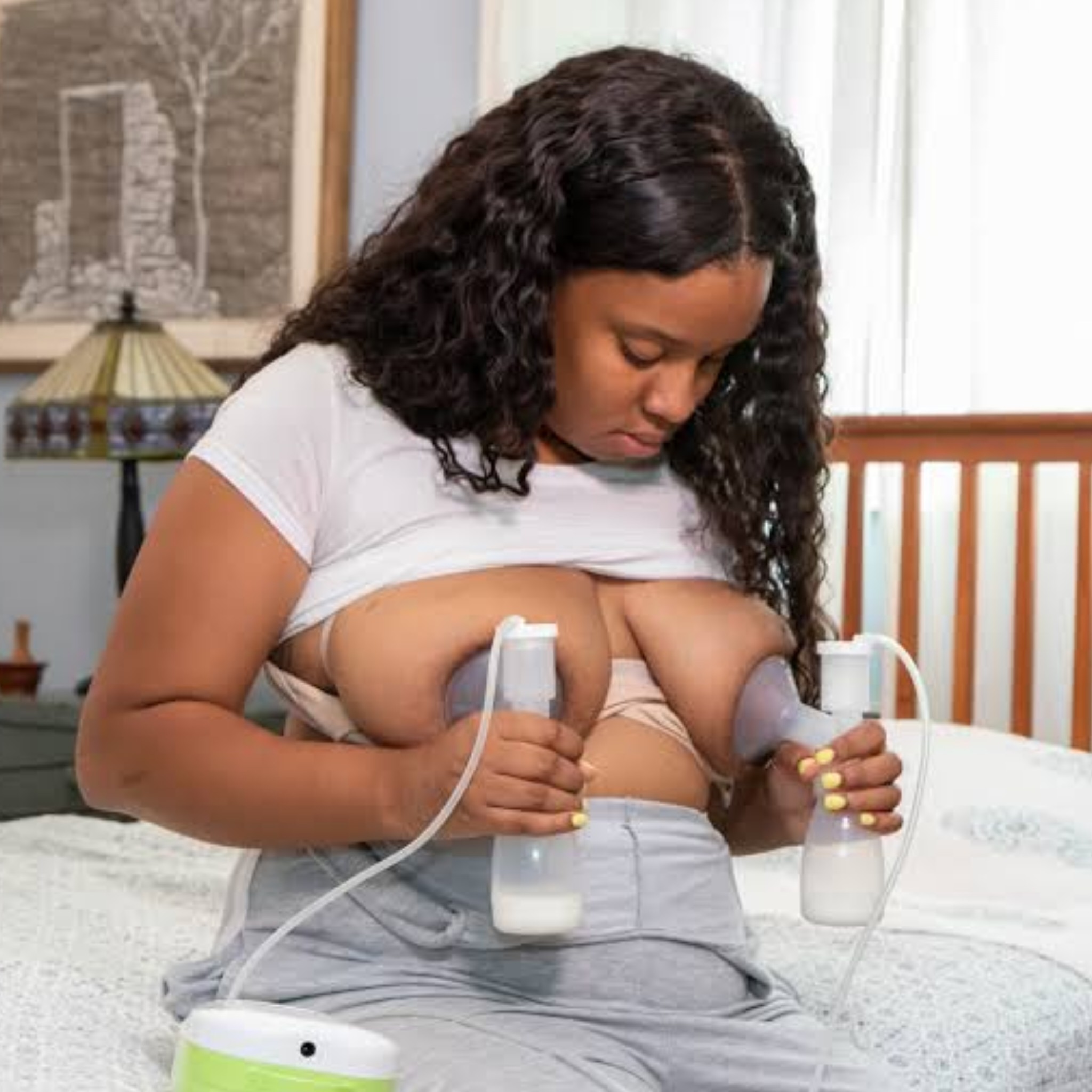The Must-Have Breastfeeding Essentials for New Mothers in Kenya (2025)

Breastfeeding is a beautiful journey that nourishes both the baby and the mother. However, it comes with challenges, especially for new mothers. To make the experience smoother and more comfortable, investing in the right breastfeeding accessories is essential. If you’re a new mom in Kenya, having a well-equipped breastfeeding kit Kenya will help you navigate the journey with ease. In this guide, we highlight the new mom must-haves to ensure a successful breastfeeding experience.
Table of Contents
What Accessories Do You Need for Breastfeeding?
Breastfeeding can be made easier with the right tools. Here are some breastfeeding accessories for mom that will support both you and your baby:
- Breast Pump – Whether manual or electric, a breast pump helps express milk for storage, allowing flexibility and convenience.
- Nursing Bras – These specially designed bras provide easy access and support during breastfeeding.
- Nipple Cream – Helps soothe and heal sore or cracked nipples.
- Breast Pads – Essential for preventing leaks and keeping clothes dry.
- Milk Storage Bags – Ideal for storing expressed milk safely.
- Nursing Pillow – Offers comfort and support while breastfeeding, reducing strain on the back and arms.
- Burp Cloths – Helps keep baby and mom clean by catching spit-ups.
- Nursing Cover – Provides privacy when breastfeeding in public.
- Lactation Supplements – Help boost milk supply naturally.
What Does a Breastfeeding Mum Need?
A breastfeeding essentials kit is vital for new moms to ensure a smooth experience. Beyond accessories, a mom also needs:
- A Healthy Diet – Eating well-balanced meals rich in nutrients supports milk production.
- Hydration – Drinking plenty of water ensures a good milk supply.
- Comfortable Seating – A good nursing chair provides the right posture and comfort.
- Emotional Support – Encouragement from family, friends, and lactation consultants boosts confidence.
- Time and Patience – Learning the best breastfeeding techniques takes time and effort.
Breastfeeding Accessories Set
For convenience, many stores offer breastfeeding accessories sets that include essential supplies. A typical set may include:
- An electric or manual breast pump
- A pair of nursing bras
- Reusable breast pads
- Nipple cream
- Milk storage bottles and bags
- A nursing pillow
- A nursing cover
Purchasing a complete breastfeeding kit Kenya can save money and ensure that you have everything needed from the start.
Breastfeeding Supplies List
To make shopping easier, here’s a comprehensive list of breastfeeding supplies every mom should have:
- Breast pump (manual or electric)
- Nursing bras
- Breast pads (disposable or reusable)
- Nipple cream or balm
- Nursing pillow
- Burp cloths
- Milk storage bags or bottles
- Nursing cover
- Lactation supplements
- Breastfeeding-friendly clothing
- Comfortable chair or nursing station
Breastfeeding Essentials Kit – Must-Have for New Moms
A breastfeeding essentials kit ensures that moms have all necessary items at hand. When choosing a kit, consider your personal needs, lifestyle, and budget. Whether you’re a stay-at-home mom or a working mom, a well-stocked kit will make breastfeeding more manageable.
FAQs
1. What do I need for breastfeeding and pumping?
You need a breast pump, milk storage bags, nursing bras, breast pads, and nipple cream. A comfortable nursing pillow and a quiet, private space can also help.
2. How often should I use a breast pump?
It depends on your schedule and baby’s needs. If exclusively pumping, aim for 8-10 sessions per day. If supplementing, pump as needed.
3. Are electric breast pumps better than manual ones?
Electric pumps are more efficient for frequent use, while manual pumps are great for occasional pumping and travel.
4. Where can I buy a breastfeeding kit in Kenya?
You can find a wide range of breastfeeding accessories at www.breastpump.co.ke, offering quality and affordability.

